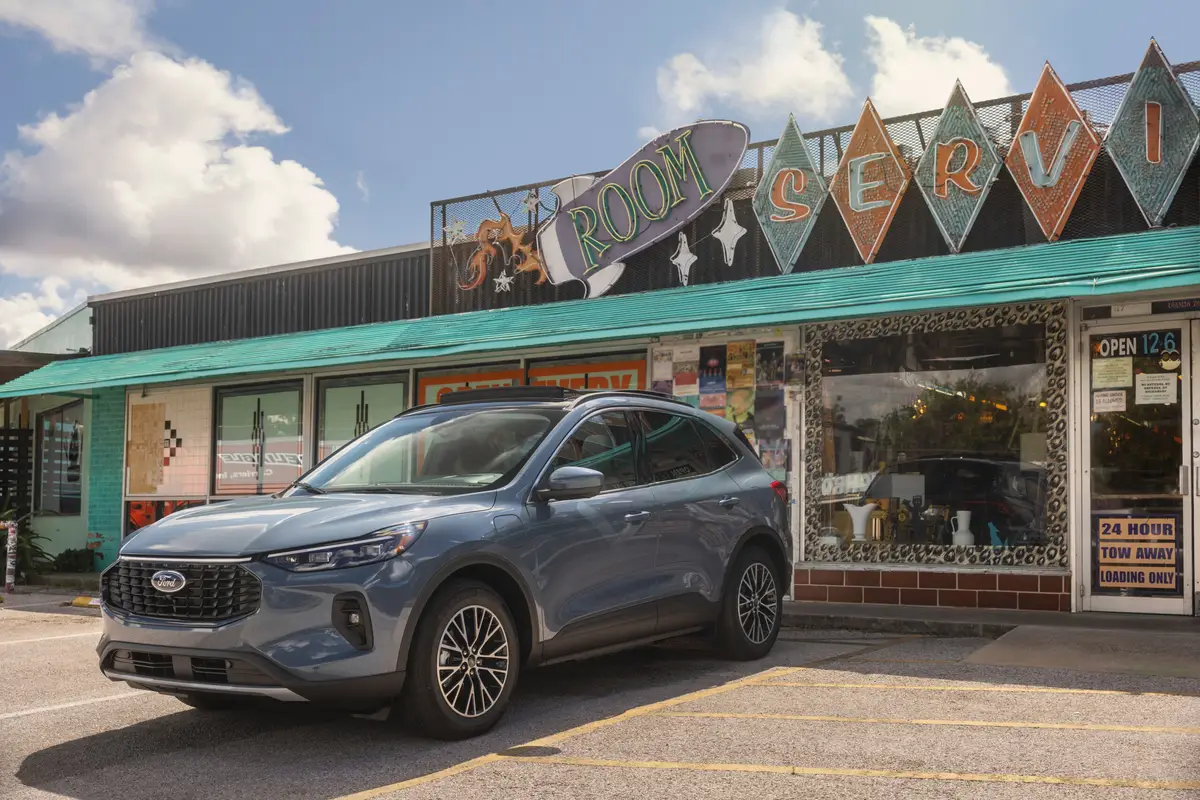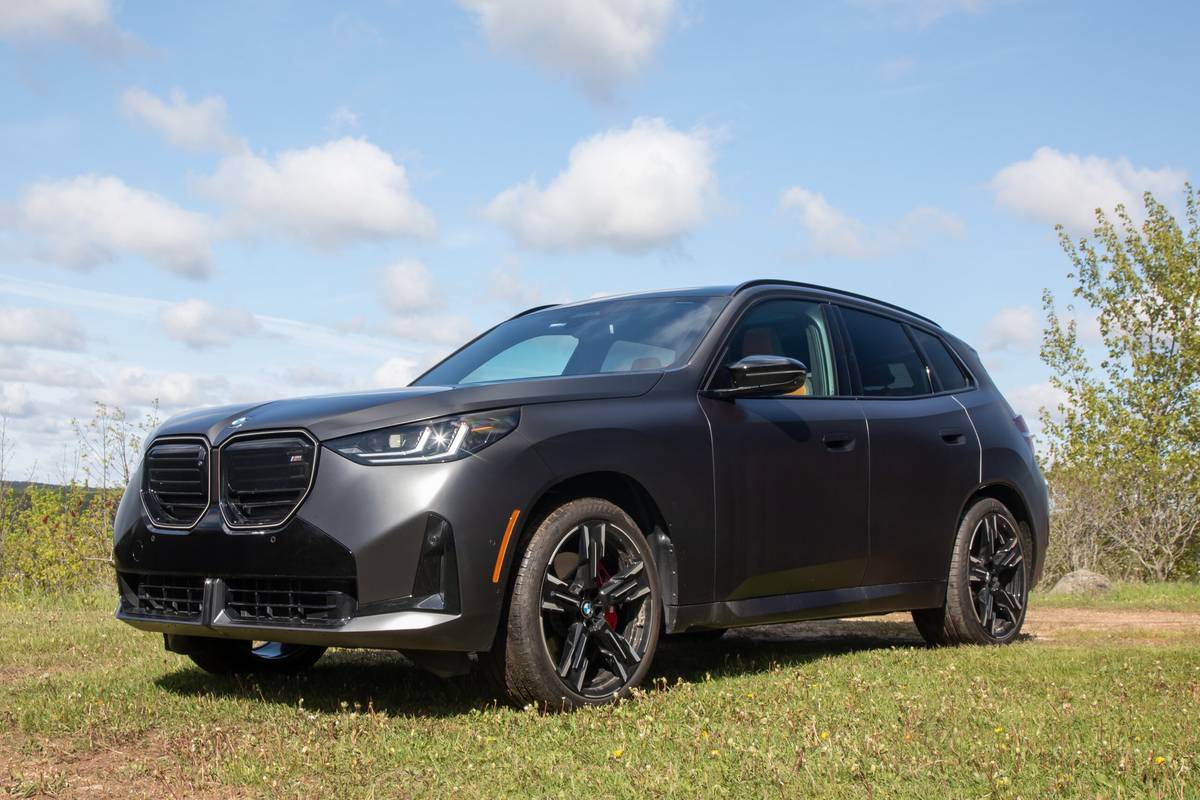washingtonpost.com's view
An automotive demonstration in this scenic Canadian city raises questions that we all, sooner or later, must answer:
How much power do we really need? When is “big” not better? What defines utility in a vehicle?
Oddly, the demonstration was staged and the questions were raised by the world’s premier manufacturer of consumptive internal-combustion machines — Land Rover.
That’s Land Rover, as in maker of all things Range Rover, an automotive badge long proud of its history of big V-8 engines, including a supercharged model that produces a maximum 510 horsepower and 461 foot-pounds of torque.
“Fuel economy,” for Range Rover engineers, has been more commonly defined in terms of 12 miles per gallon in the city and barely 18 mpg on the highway and requiring premium grade in the supercharged (forced-air) models. It was an extravagance, but one often excused in social commentary that said, in effect, that the people who can afford a Range Rover don’t worry about the cost of gasoline.
That may or may not have been true.
What is certain is that Land Rover/Range Rover executives worry mightily about government regulations worldwide that increasingly restrict fossil-fuel consumption and tailpipe pollutants. Those executives have also concluded that much of their clientele, though possibly unconcerned about fuel prices, care greatly about how they are perceived by environmentally aware neighbors.
“Prestige,” in the automotive world, now includes a measure of one’s environmental intelligence, of at least seeming to care about how one’s purchasing and driving decisions affect the space and power we use, the air we breathe.
But, for vehicle manufacturers, the problem is how to combine that new definition of “prestige” with the older, more self-centered notion of the term and still make money.
The answer provided by Land Rover here is the 2012 Land Rover Range Rover Evoque, a compact luxury sport-utility vehicle as evocative in design and engineering as its name. It is an all-wheel-drive affair available with the traditional four side doors and rear liftgate. It also is offered as a rakish two-door coupe.
But the Evoque’s real news is its gasoline-direct-injection, turbocharged (another way of forcing more air into a small engine) 2-liter four-cylinder engine. It produces 240 horsepower and a similar amount of torque while delivering, what for Land Rover Range Rover, is a remarkable 19 miles per gallon in the city and 28 mpg on the highway.
As is the case with most supercharged and turbocharged engines, premium-grade fuel remains recommended “for best performance” in the Evoque. But it is a powerful, sexy little runner — replete with Oxford leather and all other samples of traditional Land Rover luxury — that retains some economy and environmental bragging rights.
In addition to improved fuel economy, for example, the Evoque produces 20 percent fewer tailpipe emissions than a larger V-8 engine.
None of this is to suggest that Land Rover will try to sell its sporty new Evoque by highlighting the SUV’s environmental virtues. The company will push the Evoque as a traditional go-anywhere, do-anything, rough-and-tumble SUV, which was the point of the Land Rover demonstration atop the snow-covered Whistler Blackcomb Mountain, a bit north of here.
In both its four-door and coupe versions, the Evoque handled the rocks, ruts and crevices beautifully. It forded streams and sloshed through mud without even a hint of failure.
So what?
Land Rover’s executives know that most Evoque buyers, especially those who choose the super-tufted Prestige four-door version, won’t take their pretty little SUV anywhere near rocks or mud. But they will be able to drive it into their suburban neighborhoods with all of the panache and none of the opprobrium attached to larger, more powerful models. In today’s automotive world, that means the Evoque has the makings of a sales winner.
Latest news



